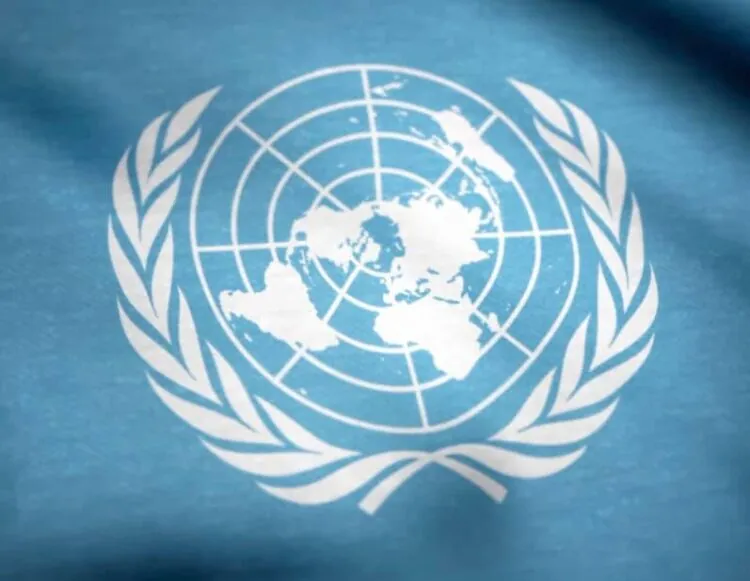Canada’s plan for implementing UNDRIP brings potential and uncertainty for Indigenous peoples in land and resource development and regulation

Authors: Amyn F. Lalji, Travis W. Smith
On June 21, 2023, National Indigenous Peoples Day, the Government of Canada unveiled its plan for implementing the United Nations Declaration on the Rights of Indigenous Peoples (“UNDRIP”).
Two years earlier, the United Nations Declaration on the Rights of Indigenous Peoples Act (“UNDA”) was enacted by Parliament, in which the government committed to “take all measures necessary to ensure that the laws of Canada are consistent with the Declaration” (s. 5) and to “prepare and implement an action plan to achieve the objectives of the Declaration” (s. 6).
The largely aspirational plan envisions a radically different and improved relationship between Indigenous peoples and Canada, with 111 new and renewed commitments to Indigenous peoples generally, and many other measures directed specifically to First Nations, Métis and Inuit communities.
In the engagement period leading up to the release of the Action Plan, many Indigenous Nations said they expected UNDRIP’s provisions concerning lands, resources, and economic development to feature prominently in the Action Plan. Generally speaking, these provisions recognize Indigenous peoples’ rights to:
- Own, use, develop, and control their lands, territories, and resources (Article 26-2);
- Determine and develop priorities and strategies for the development or use of their lands, territories, and resources (Article 31-2);
- The protection and conservation of the environment and the productive capacity of their lands, territories, and resources (Article 29);
- Grant or withhold their free, prior, and informed consent, following good-faith consultation and cooperation, in respect of any project affecting their lands and resources (Article 32-2); and
- Participate in and materially influence decision-making in matters that would affect their rights (Article 18).
The Action Plan includes many measures aimed at protecting these and other rights, including commitments by the federal government to:
- Develop and implement actions to increase the economic participation of Indigenous peoples and their communities in natural resource development (measure 33);
- Advance economic reconciliation through engagement on key aspects for Indigenous economic development, such as initiating discussions on an Indigenous-led investment and financial asset management regime (measure 74);
- Support Indigenous peoples’ exercise of jurisdiction over the regulation of natural resources projects and related environmental impact assessments by way of agreements under the Canadian Energy Regulator Act and the Impact Assessment Act (measures 34 and 51, respectively);
- Create a whole-of-government approach to consultation and accommodation that strengthens Indigenous peoples’ participation in decision-making, including the co-development of agreed-upon duty to consult and engagement processes that are consistent with the principles of free, prior, and informed consent (measure 68; see also measures 32, 66); and
- Integrate Indigenous peoples and Indigenous knowledge into: oversight of infrastructure regulated by the Canada Energy Regulator (measure 34), cooperative management and governance of Parks Canada heritage places (measure 95), planning and decision-making in respect of climate strategy (measures 46 and 48), and management of fisheries, fish habitat, conservation, marine safety, and protection of the marine environment (measure 40).
If thoughtfully and diligently implemented, these and other measures in the Action Plan have the potential to result in vastly improved outcomes for Indigenous peoples’ participation in environmental protection and the regulation, oversight, and economic benefits of natural resources projects across Canada. However, the Action Plan has not addressed or integrated many critical concerns raised by Indigenous peoples to the federal government prior to its release, thereby undermining the Action Plan’s ability to meaningfully guide the implementation of UNDRIP.
For instance, the measures in the Action Plan fail to consistently identify a pathway – or even a specific goal – to support the achievement of each commitment. Additionally, although the Action Plan is valid from 2023 to 2028, nearly all of the measures fail to identify a timeline within which they will be implemented (see measures 52 and 63). Without such clarity, there is concern that there will be a lack of accountability.
This concern is compounded by the uncertainty surrounding the legal or binding nature of the Action Plan. Although, as mentioned above, the UNDA requires the federal government to “create and implement” the Action Plan, it is questionable whether a failure to implement any of the plan’s measures would result in an enforceable breach of the UNDA.
Furthermore, measure 21 commits to the co-development and implementation of a process to review and update the Action Plan every five years and a process for making amendments to the plan. It is uncertain whether such reviews, updates, or amendments will be carried out collaboratively with Indigenous peoples with a view to improving, as opposed to diminishing, the strength and clarity of the Action Plan.
Given the highly political and, in some ways, contentious nature of UNDRIP and its implementation, the federal government failed to provide much-needed certainty to Indigenous peoples that the Action Plan would have a progressive and enduring effect on the implementation of their inherent rights within the federal government’s sphere of jurisdiction.
Even so, the Action Plan represents an important and necessary step forward toward implementing UNDRIP in Canada and signals a new approach to environmental regulation and “economic reconciliation” with Indigenous peoples. Whether it will be the vehicle to facilitate this objective remains to be seen. The Government of Canada has acknowledged that the Action Plan is a work in progress and has committed to provide funding to support Indigenous participation in the various implementation, monitoring, and oversight processes described in the Action Plan. In doing so, it will be crucial that such funding and related engagement processes are inclusive and capable of representing the rights and interests of all Indigenous peoples.
For more information on the Action Plan and what implications it may have for your organization, please contact the authors or other lawyers in the Indigenous practice area, who would be pleased to assist.



